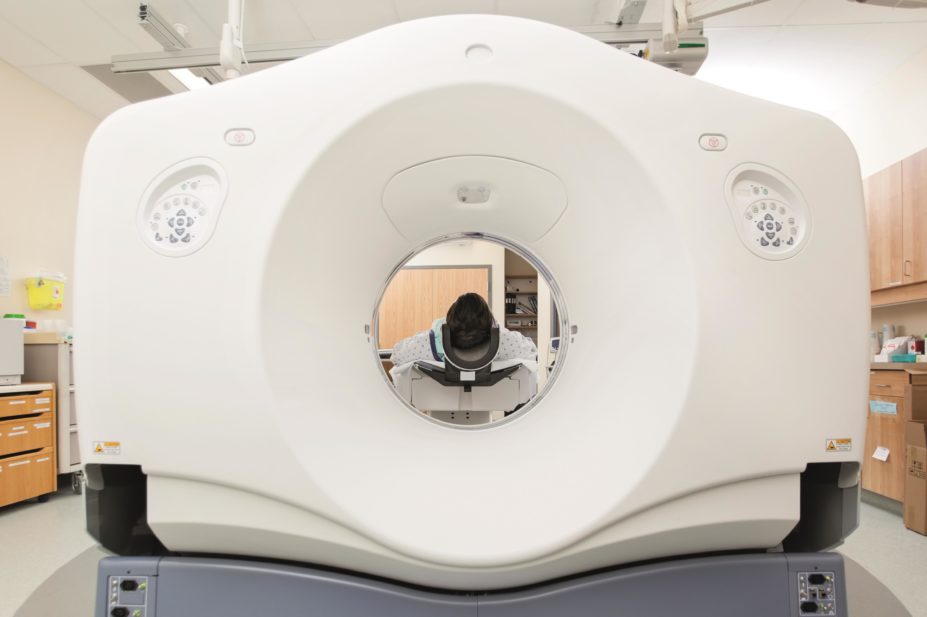
Shutterstock.com
Doctors overuse high-cost services such as advanced imaging tests and specialist referrals to treat headaches and could better manage the condition by focusing on counselling and lifestyle changes, a study suggests.
Researchers at Beth Israel Deaconess Medical Center (BIDMC) in Boston, Massachusetts, reviewed more than 9,000 doctor visits for headaches between 1999 and 2010. They found that advanced medical imaging, considered to be of little value in the treatment of routine headaches, have displaced the act of counselling patients about lifestyle changes – such as addressing stress reduction and dietary triggers – as the path to relief.
The study, published in the Journal of General Internal Medicine
[1]
on 8 January 2015, revealed clinicians’ counselling declined from 23.5% to 18.5% during the study period.
The use of advanced imaging, such as CT scans and MRIs, increased from 6.7% of visits in 1999 to 13.9% in 2010, with a greater rise reported in patients with acute symptoms, compared with patients with chronic headache.
The use of NSAIDs and paracetamol remained stable at approximately 16%. Meanwhile, the use of anti-migraine drugs, such as triptans and ergot alkaloids, rose from 9.8% in 1999 to 15.4% in 2010.
Although the researchers found no increase in the use of opioids and barbiturates for headaches, they were used in 18% of the cases reviewed, which is still a relatively high percentage for drugs whose use is discouraged, says lead author John Mafi, a fellow in the division of general medicine and primary care at BIDMC.
The study did, however, reveal a promising uptick. “On the brighter side, we saw a rise from 8.5% to 15.9% in preventive treatments — including anti-convulsants, anti-depressants, beta blockers and calcium channel blockers — for moderate to severe migraines,” says Mafi.
These drugs have been shown in randomised controlled trials to prevent migraine attacks. “Our study shows that physicians are at least adhering to some of the evidence-based guidelines,” he says.
What needs to be stressed in headache management, says Mafi, is lifestyle modification and, unfortunately, doctors are often too pushed for time to have beneficial discussions with their patients about these topics. “It’s often easier to just click a button and order a treatment,” he says.
However, many patients are unwilling to pay for tests that may not cure their headaches. On the other hand, he says, some patients search the Internet for remedies and now may demand specific tests.
Mafi believes pharmacists can play a significant role in educating consumers about lifestyle modifications to prevent medical over-treatment and overuse of over-the-counter (OTC) products. “Because OTC drugs are ubiquitous, many patients are not worried about them and, therefore, do not ask their healthcare providers about drug safety,” says Mafi.
For example, after headache sufferers have taken NSAIDS or paracetamol for several days, sudden stoppage can often cause a rebound headache. “This type of physical reaction is a direct result of overtreatment, which can apply to both prescription and OTC drugs,” he says.
References
[1] Mafi J, Edwards S, Pedersen N et al. Trends in the ambulatory management of headache: analysis of NAMCS and NHAMCS data 1999-2010. Journal of General Internal Medicine 2015. doi:10.1007/s11606-014-3107-3.


